“One of the fundamental questions about post-music: can sound be saved from the dictatorship of music? Especially since noise, in its vast diversity, can be considered [a kind of] music (the spectral structure, the possibilities of transforming an already recorded sound, allow its approximation or removal from what we understand as music) if dissecting its granularity allows a re-shaping, a reassembly of its sonic particles, into a melody. In other words, post-music is what remains when we forget all we know about music / what remains when we no longer try to harmonically or rhythmically pleasure the ears (or sadden them) / what remains when sound becomes an intuitive modeling paste, when we discover in real time how to escape from aesthetic, conceptual or any kind of control.”
Mitoș Micleuşanu
The term post-music is not new, Nam June Paik first used it in the 60s, but the phenomenon itself seems to have gained traction in Romania only in recent years, culminating in a series of events in Bucharest under the same name. Post-music goes beyond audio to the realms of synesthesia, where sound becomes palpable and acquires form and dimension. I wanted to explore this topic with the help of Dyslex, one of the most productive and experimental sound artists in the local scene, and on this occasion, I learned more about his activity within the group kinema ikon.
Before we talk about Dyslex, we have to mention the legendary group of artists which he is part of since the 2000s, the oldest and longest-lived intermedia collective in Romania. Established in 1970 in Arad by George Sabău, kinema ikon focuses its artistic productions on experimental films (initially shot on 16 mm film), new media installations, performance or net art, having made 62 experimental films and 62 documentaries before 1989. They were anti-communists, without considering themselves dissidents and in 1994 the curating was taken over by Călin Man, who took this opportunity to change the aesthetic direction of the group. In 1995, the first multimedia CD-ROMs showed up, which I had the opportunity to access straight “from the source”, that did not only display video content, but also text, animations, music and especially interactivity. True pioneers in those gray times for art in Romania, ki members were not understood by the local scene who barely had access to a computer, but they were appreciated internationally, especially in Latin America. In fact, the group was selected to represent Romania at the 50th edition of the Biennial in Venice, 2003. Călin Man states in an interview with Scena9 that many visitors did not expect Romania to exhibit digital content almost exclusively, and many did not exactly understand “what’s the deal” with kinema ikon. After 50 years of activity the group can be proud of over 80 exhibitions, most of which took place in Romania but also abroad (New York, Paris, Berlin, Venice, etc.).
Seeing as everything was shot on 16mm during 1970-1989, with no added sound, then most ki productions became multimedia, many sound designers were included in the team. Ioan Ciorbă (Commedia del Multimedia CD-rom, 1997) was one of the first, followed by Călin Man himself who contributed with sound to several projects, then Electric Brother, Selfmademusic, Ioana Vreme Moser, Makunouchi Bento and Bogdanator were co-opted. Dyslex, however, has composed the sound for more than 10 kinema ikon productions, most of which cannot be found on the internet but are available if you speak directly with him. The first collaboration with ki, in 2005, can be seen / heard here.
kinema ikon has also launched a Time Capsule, which will open on 28.10.2070. Even if I don’t think I’ll be able to attend that opening, to see “what’s in there”, I can’t shake the curiosity. And now, as promised, let’s get back to Dyslex who is quite reluctant to give interviews, although he did answer some questions for VeiozaArte, 8 years ago … Here’s what came out this time:
What is your relationship with the legendary kinema ikon group, whose first multimedia CD-ROMs I had the privilege to access right as they emerged, in the mid-1990s?
I found out about these CDs in the early 2000s, they were circulating through the various arts/architecture groups in Timișoara. I knew that kinema ikon was from Arad, but that’s about it, I didn’t know if members were approachable or where I could find them. I have been a ki member since 2005. That was a time when kinema ikon received a wave of new people. Mr. George Sabău had a discussion with me at the opening of the kinema ikon exhibition in Arad. He’d heard about me from Stefan Tiron, he knew that I lived in Arad and I worked with sound, so he invited me to join the group.
What is your specific role in the kinema ikon universe, recently celebrated for almost 50 years since its inception, by BRD Scena9 Residence? Can you describe what a collaboration with a video artist, for example, looks like?
Together with Bogdanator (Bogdan Dinu), Ileana Selejan, Alex Halka, Electric Brother, under the careful guidance of Călin Man, with the help of Suzana Dan and the entire team, we took care of staging, let’s say, this faux jubilee. The exhibition at the BRD Scena9 Residence is a retrospective for the group, mainly focused on the 49 years since the first experimental films to what has been produced so far. Since this was our 49th year of existence, it is likely that next year will mark the beginning of a new stage. As for a standard formula for collaboration, I really couldn’t say…
What areas did you feel the need to explore during your live set at Scene9?
The state I attempt to induce is precisely the border between the known and the unknown at the level of perception, when it seems to be … that place that draws your attention. It is not just about having a few speakers that emanate sounds, but rather conveying multiple layers of sound, sound whirls, in between which one can move or stand still. There is a common denominator: the space, but everyone is free to navigate the big whirl of sound in whatever direction they want, it’s a less temporal-linear state.
How did you feel in the context (initiated by Miţos Micleușeanu) of Post-Music? What does post- (or meta-) music mean to you? I think it suits you, given the experiments you make.
Post-music is an interesting notion. It helps to reposition the idea of music as a sensory experience. If the role of the entire spectrum of frequencies (for example) with which a sound creation is “shaped” has been diminished by the standardization of music playback formats, we have come to refer to and call music only what is integrated into popular standards. Before the recording era, a concert experience could not be reproduced; from the size of the room to the number of spectators, everything had an influence, vibrations could be felt on the entire surface of the body (the octobass, for example, must have felt spectacular) – a state that I am trying to reproduce in performances; sounds you just feel or see, which are woven on a geometric structure. Post-music draws attention to these details, which can often be forgotten or marginalized; it draws attention to music as interdisciplinarity, to greater music, if you will.
Speaking of the immersiveness you achieve when you combine audio with video/interactive art (VR, etc.), which do you prefer, the sound or the image? What does the alchemy between experimental sound and video look like?
I like the idea of immersion, and I prefer both. I tend to believe that you can make sound present only through the image and vice versa. But seeing as they are so similar, they should be well dosed when combined. Image-sound alchemy? It’s a wonderful thing, granted it’s in the right context, otherwise there are too many different stories told all at once. It turns into something else…
What matters more to you: to have 100% control over the sound or to improvise? As one of your listeners, I would go for the latter, but please tell us.
You can’t escape control, not to mention improvisation; I think there’s a dance between the two, but not one that is easy to define.
Let’s take your experience with circuit bending. Do you improvise or do you actually know what you’re doing when you modify circuits? I am also referring to the installation that you developed with Maria Balabaş.
It depends, circuit bending is about recontextualizing some functions, so there’s no avoiding improvisation. If you’re strictly referring to the technical component, nowadays it’s very difficult to not know what you are doing, with access to countless technical plans and hundreds of thousands of experiments in all fields, there are many indicators of the parameters in which you are activating. You’re are referring to the tape destroyer probably (yes!). I’ve always been fascinated with the possibility of altering the information on audio, video, magnetic strips, doesn’t matter, tapes that are sensitive to the fluctuations of magnetic fields: there are some storage systems where small changes in information details occur naturally and cannot be controlled; a subtle degradation that can, over very long periods of time, lead to alterations of the content. A natural adaptation of information, even if often unnoticed during the time lifetime of an individual, but certainly visible if we talk about thousands of years. I find it interesting, for example, the idea of leaving a video tape with information on it stored near a high voltage pole for 50-100 years, then retrieve the data. In the installation with Maria Balabaș, curated by Daria Ghiu, I tried to accelerate such a phenomenon on a band where the quote “the limits of my language are the limits of my world” [should have been] the essence of this idea, presented in a linguistic Babel tower, as a macro view of a trans-linguistic moment. A less commonly seen perspective, which we tried to present precisely when its acoustic illustration is physically altered as an accelerated physical wear of the tape.
Do you think experimental music as an experience should only be performed live, or should it also be recorded?
Go live, if you can, always live. The records are just a reminder, or archive, an object, the fragment in the recorded material has fetish value, as I said, as object.
Please describe your ideal setup, as hardware. What should it absolutely include? Besides many contact microphones and the likes.
There is none; I really like loops, although I don’t use them as often as I should, otherwise, it depends on what I need… I’m very interested in what happens with the sound beyond the speakers. [I think] it’s less important how it is generated, I try to avoid talking about gear because I don’t like it when experimental music just becomes gear. Gear is less important, it’s more important to know what you’re looking for.
Now that you mentioned it, you use a lot of field-recording (from the Baciu forest near Cluj, for example). Do you alter a lot of what you record or use the raw material?
With the Baciu forest it’s all ambiguous. The material is a non-linear mixture of raw material and some modified [sounds]. Apophenia is the piece you are referring to, it’s something I produced as part of the Future Sound Residency by Sambata Sonoră/semisilent. It’s an acoustic context, I tried to specifically capture the ambiguity of the story, to create the perfect context in which to ask questions and give enough information in order to create a frame, but without presenting it too subjectively and without clearly defining that state. Because that’s what it was: a mixture of factors that created a context in which certain stories could be told; stories with a common denominator… so the material in question is a mixture of raw and processed. It is full of surgical subtleties and the modularity in which it is presented ensures the possibility of hyperpersonalizing the content.
Your sounds create a journey from silence to noise that completely fills speakers and ears. I remember a concert I taped (Control/2011) where, towards the end, your mixer meter was blinking red. What was your intention? Do you care more about the noise or the silence between the sounds?
The meter indicated red because the mixer is a device that responds to norms/systems that have limits, both as a function and as a physical object (potentiometer), something that I don’t really care for in certain set-ups. The mixer often indicates to maximum, but imagine the mixer is fretless and you want to “get a hold of” a certain sound that should not normally be there, or that might be lost for various reasons (technical or otherwise). That’s why the mixer might blink red. As for the noise or silence between the sounds, it’s all about the relationship between them: micro-noise – macro-silence.
What doesn’t bore you nowadays when it comes to sound experiment, especially since you are a ki member and the internet is full of noise/drone/ambient? You’ve been through many phases, you’ve even used cockroaches or the famous screw box in your performances. What’s next?
Recipes bore me; most of the time, if I can sense the direction in which an album/track/act is headed, my curiosity flatlines. I appreciate a well-produced album, but often it’s just that, it’s monotonous, even in the way it is expressed phonically, at the chromatic level of the sound, an easy reading, though this can be nice sometimes. What I hope to achieve as soon as possible is a performance/album with beacons (LOW ENERGY BLUETOOTH), using the phones of the people in the room as speaker layers; each representation will be unique.
Let’s talk a bit about noise. Do you think noise is still punk, like you said 8 years ago (for VeiozaArte)? As an attitude, I mean.
Yes, it’s still pretty punk; that energy is still there, even if diluted.
Where do you think the Romanian noise scene is headed? Is it mimetic or does it develop particular, specific flavors? Can we even call it a scene or is it all based on chance and improvisation?
I don’t think we should be talking about a noise scene in Romania. I don’t think the noise scene has a country! Or at least it shouldn’t have one, the noise scene is a vertical one, it has no nationality, it has no borders! It has no limitations and should not define or be defined by constructions, perhaps only inside a post-tribe (laughs). I do not know if I would call it an accident or improvisation, I just think the scene is organic, it is so out of order that each component becomes important at the right time, for as long as it lasts. What matters is that it is a neural network which pulses.
How do you feel about Merzbow, the symbol of Japanese noise and arguably the most prolific artist in the area? Is he too much? Are we talking about one of the endings of music?
Merzbow is never too much, Merzbow just is, he’s almost complete. He’s interesting to follow because he’s constantly changing. Merzbow is there, always, everywhere.
What music do you listen to these days? What inspires you?
Just about anything that manages to evolve, for lack of a better term; I also enjoy sounds that make use of structures to tell stories.
And besides experimental music, what are your daily activities?
Videos, installations, media mixxes. For a living I work in advertising as an art director.
POSTED BY
Miron Ghiu
Obsessed by new technologies and a careful manipulator of sounds of all kinds, Miron Ghiu lives in a continuous present. He likes to wallow online and lounge offline, surrounded by as many buttons to ...
mironghiu.wordpress.com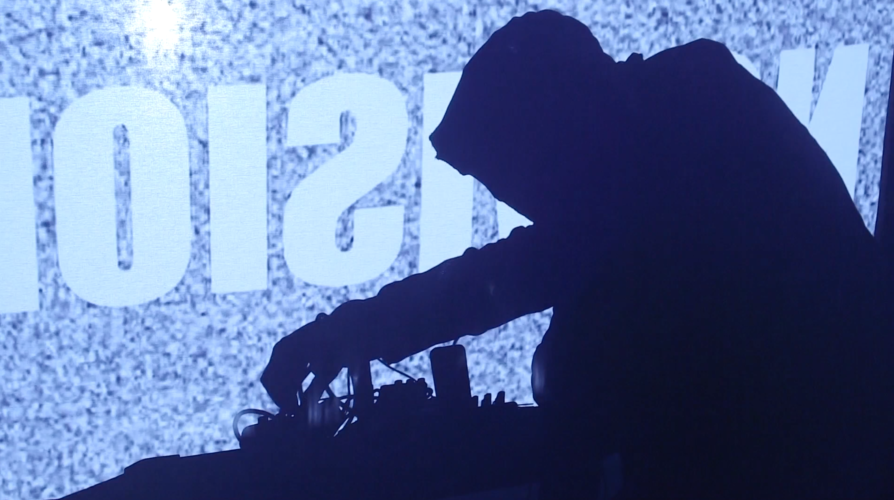
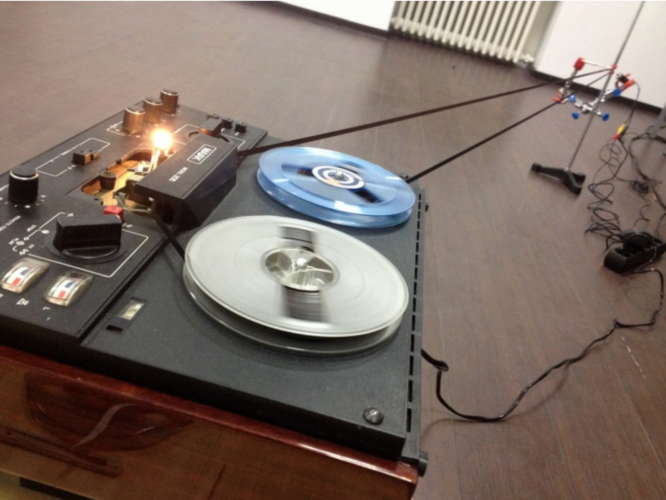
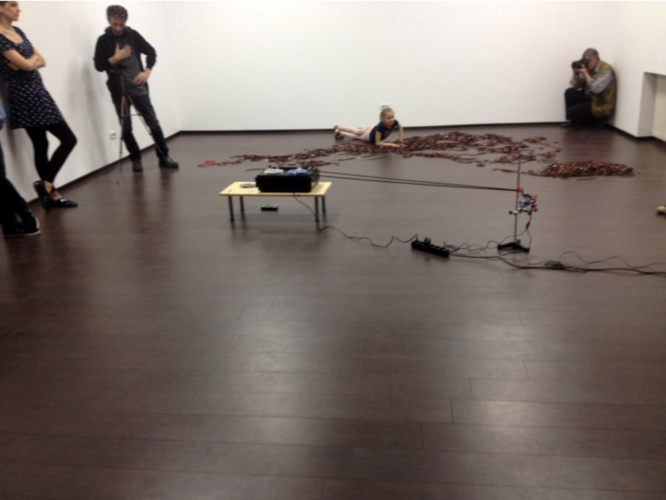
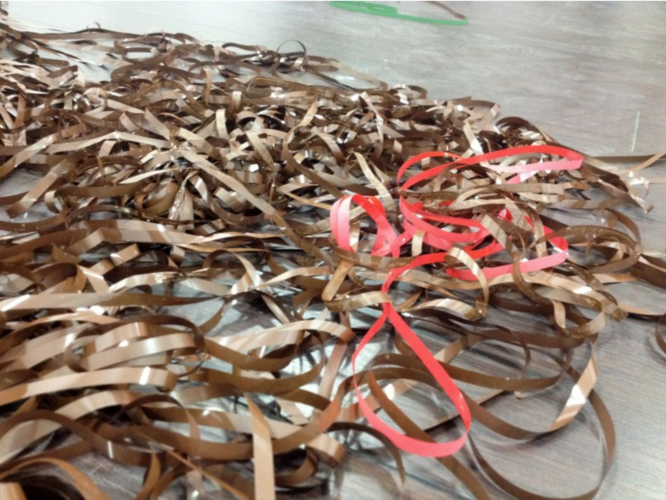
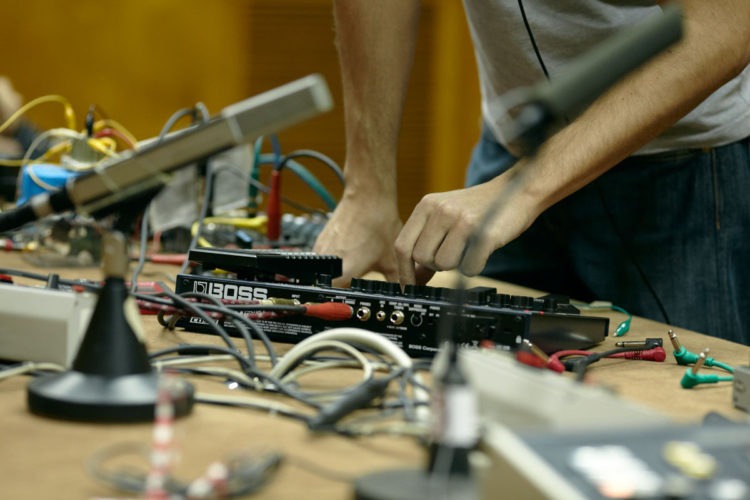
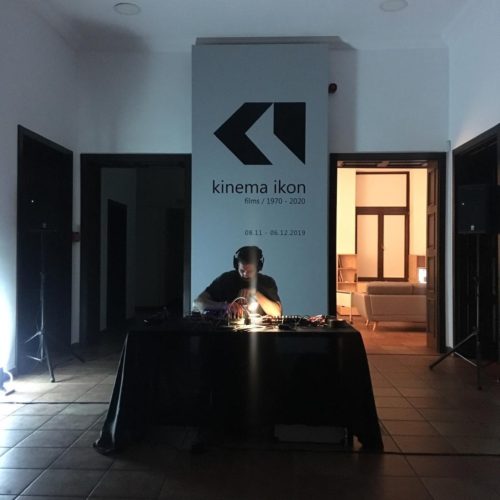
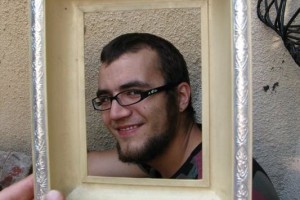
Comments are closed here.